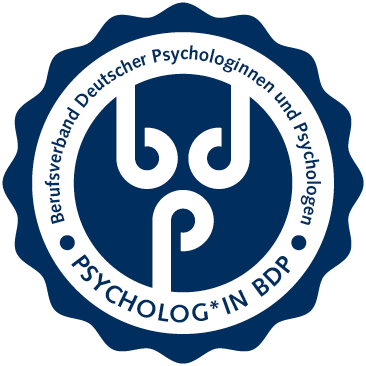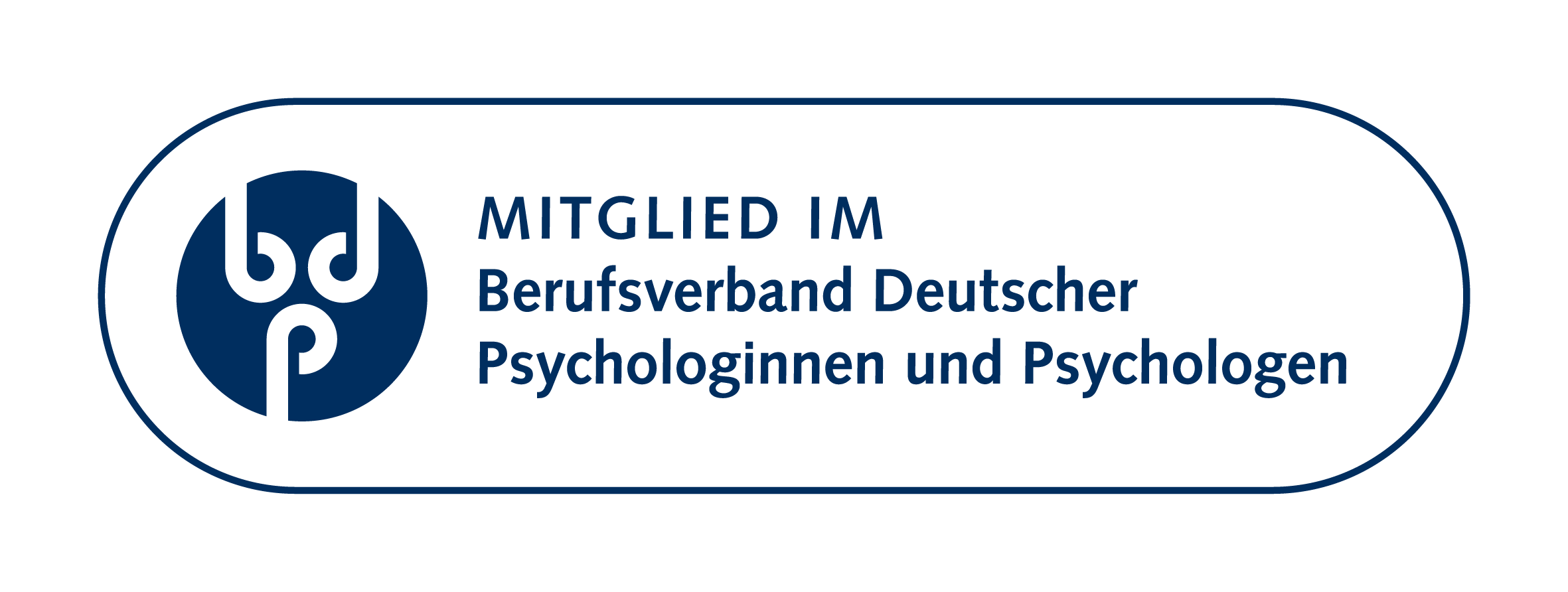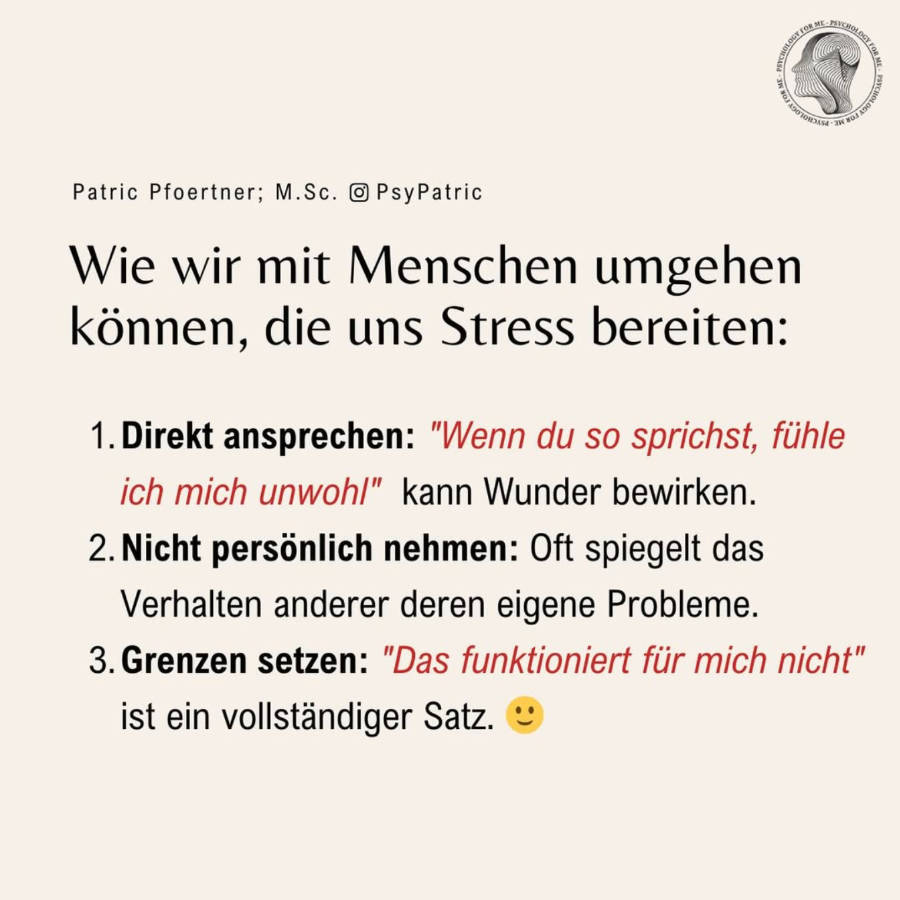Understanding Overwhelm: A Path Towards Well-being
As a psychologist, I often encounter individuals grappling with feelings of persistent exhaustion, relentless pressure, and a sense that they're constantly running on empty. In today's fast-paced world, it's increasingly common to feel stretched thin, leading to a state of overwhelm that, if left unaddressed, can evolve into burnout. It's crucial to acknowledge these feelings and understand what they might signify for your mental and physical health.
Our "Burnout & Overwhelm Self-Assessment" is designed to offer you a moment of reflection. It helps you consider specific aspects of your daily life and emotional state that might indicate you're experiencing elevated levels of stress or are on the path to burnout. This test is:
- A Compass: It provides a guide to help you identify areas where you might be struggling with demands.
- A Starting Point: It encourages self-awareness about your current state of well-being.
- Empowering: By shedding light on your experiences, it helps you consider potential next steps for self-care or professional support.
Many people have common questions when they start to feel this pervasive sense of overwhelm. Let's address a few of them:
What exactly is "Burnout," and how does it differ from regular stress?
While stress is a normal response to challenging situations and can even be motivating in the short term, burnout is a state of chronic physical and emotional exhaustion that also involves a sense of reduced accomplishment and a loss of personal identity. It's not just feeling tired; it's feeling *empty* and devoid of motivation, often in response to prolonged or excessive stress, especially at work. Unlike temporary stress, burnout doesn't resolve easily with a good night's sleep or a weekend break; it requires more significant changes and recovery.
What are the most common signs and symptoms of overwhelm?
Overwhelm manifests in various ways, often subtly at first. You might notice persistent fatigue, even after rest, or a pervasive feeling of being unable to meet demands. Emotionally, you might become more irritable, impatient, or emotionally numb. Physically, symptoms like headaches, muscle tension, stomach issues, or sleep disturbances are common. Socially, you might withdraw from friends or hobbies you once enjoyed. These are all signals your body and mind are sending, indicating that your current coping mechanisms are strained.
Why is it important to take a self-assessment like this?
Self-assessments like this are valuable tools for increasing self-awareness. They offer a structured way to reflect on your experiences and identify patterns that you might otherwise overlook in the rush of daily life. By pinpointing specific areas of concern, you can better understand where your energy is being depleted and where you might need to implement changes or seek support. It's a proactive step towards protecting your mental and physical health, helping you intervene before overwhelm escalates into severe burnout.
What should I do after taking the Burnout Self-Assessment?
Your results offer insights, not a diagnosis. Regardless of your score, the most important step is to listen to yourself. If the assessment resonates with your feelings, consider what small changes you can make to prioritize your well-being. This might include setting healthier boundaries, delegating tasks, increasing self-care activities, or ensuring adequate rest. If your score indicates moderate or high concern, or if you simply feel that you need more support, please consider reaching out to a mental health professional. A therapist or counselor can provide personalized strategies, coping mechanisms, and support to help you navigate these challenging feelings and work towards a healthier, more balanced life. Remember, seeking help is a sign of strength, not weakness.
























